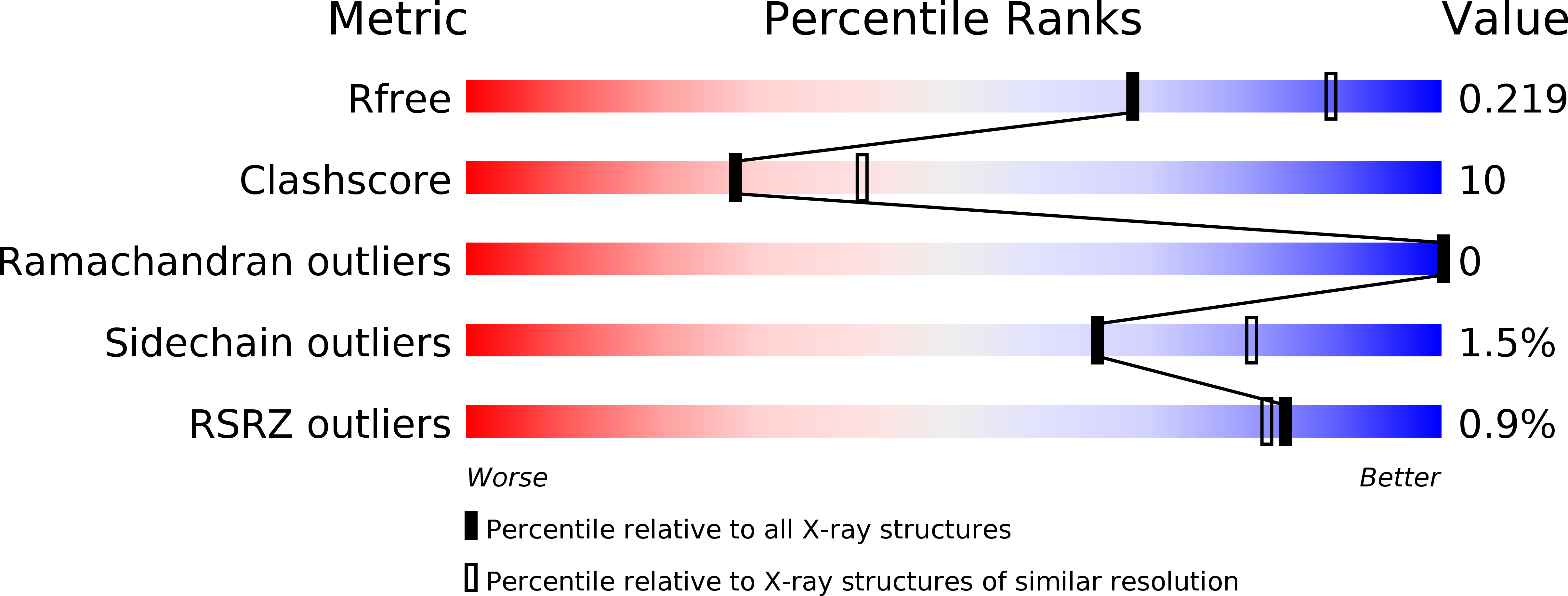
Deposition Date
2005-09-08
Release Date
2006-07-18
Last Version Date
2024-11-06
Entry Detail
PDB ID:
2AYT
Keywords:
Title:
The crystal structure of a protein disulfide oxidoreductase from aquifex aeolicus
Biological Source:
Source Organism:
Aquifex aeolicus (Taxon ID: 63363)
Host Organism:
Method Details:
Experimental Method:
Resolution:
2.40 Å
R-Value Free:
0.21
R-Value Work:
0.17
Space Group:
H 3 2


